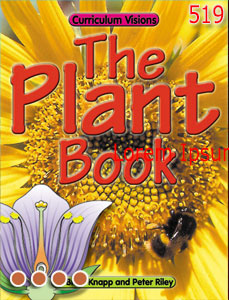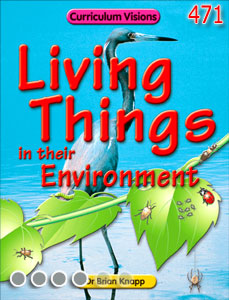The stem of a plant contains tubes which carry water and minerals from the root to the leaves. The stem also contains tubes which carry food dissolved in water from the leaves to other parts of the plant. On the side of the stem are buds. These can sprout and produce side shoots. Along the stem the leaves are arranged in a regular pattern. For example in St John's Wort they are arranged in pairs.
Most plants have stems that grow straight upwards. Some plants, such as the ivy, have roots which grow out of the stem to help hold it against trees and walls as it climbs.
Some plants have underground stems. They can be told from roots because they have buds. Many underground stems are used for storing food. The plant keeps its food here when the shoot above ground dies off at the end of the growing season. The food is used to grow a new shoot in the following year. Bluebells have underground stems.





